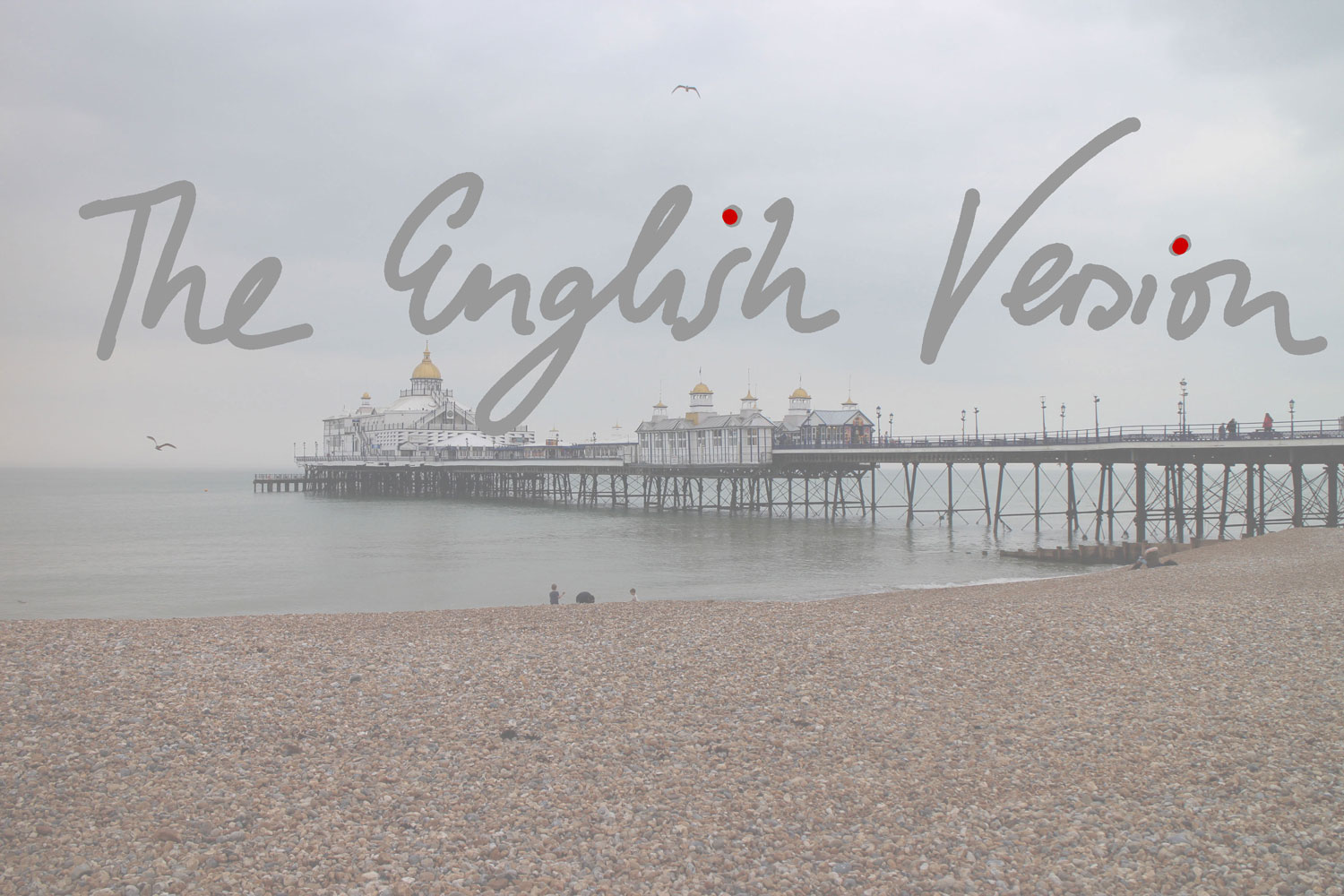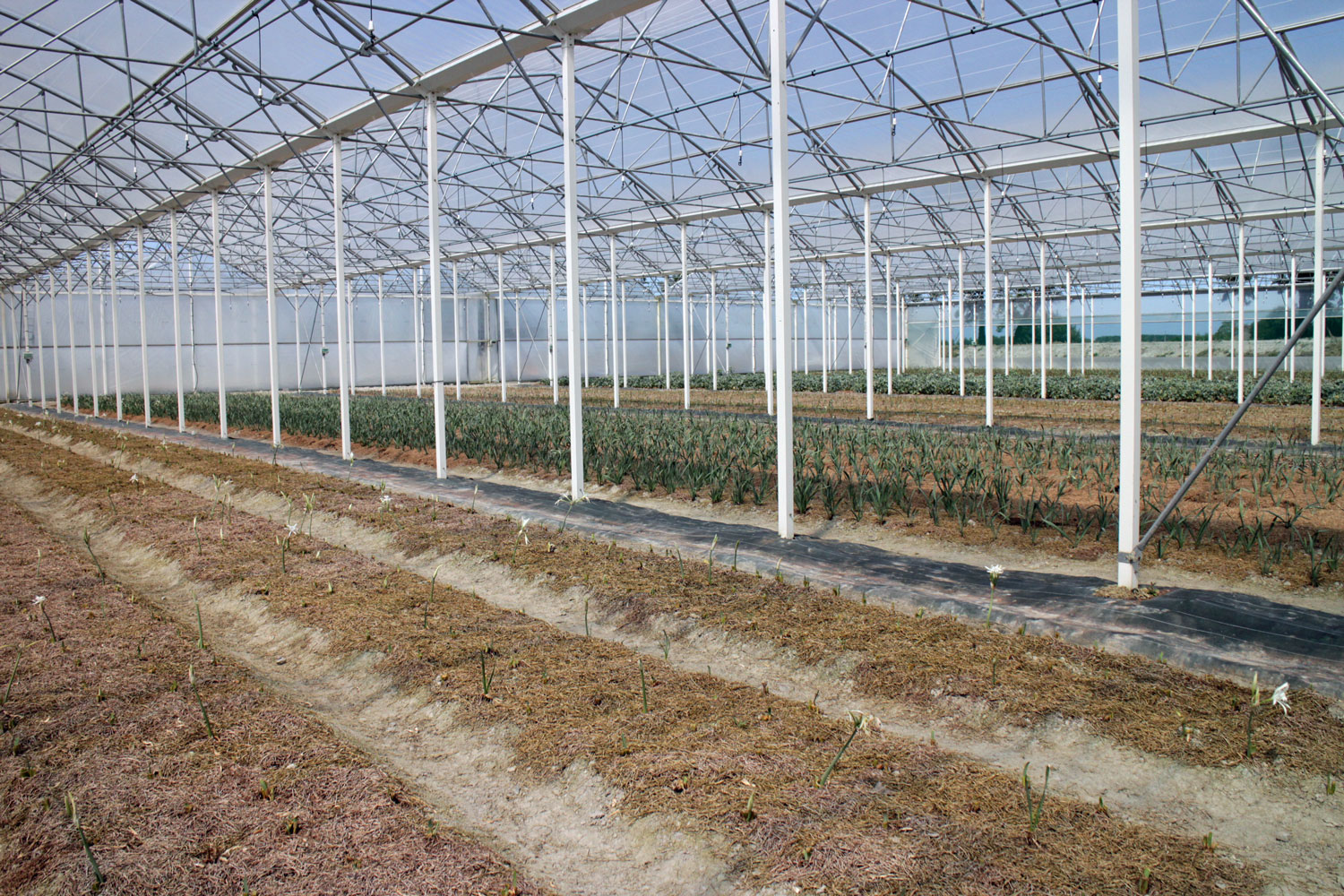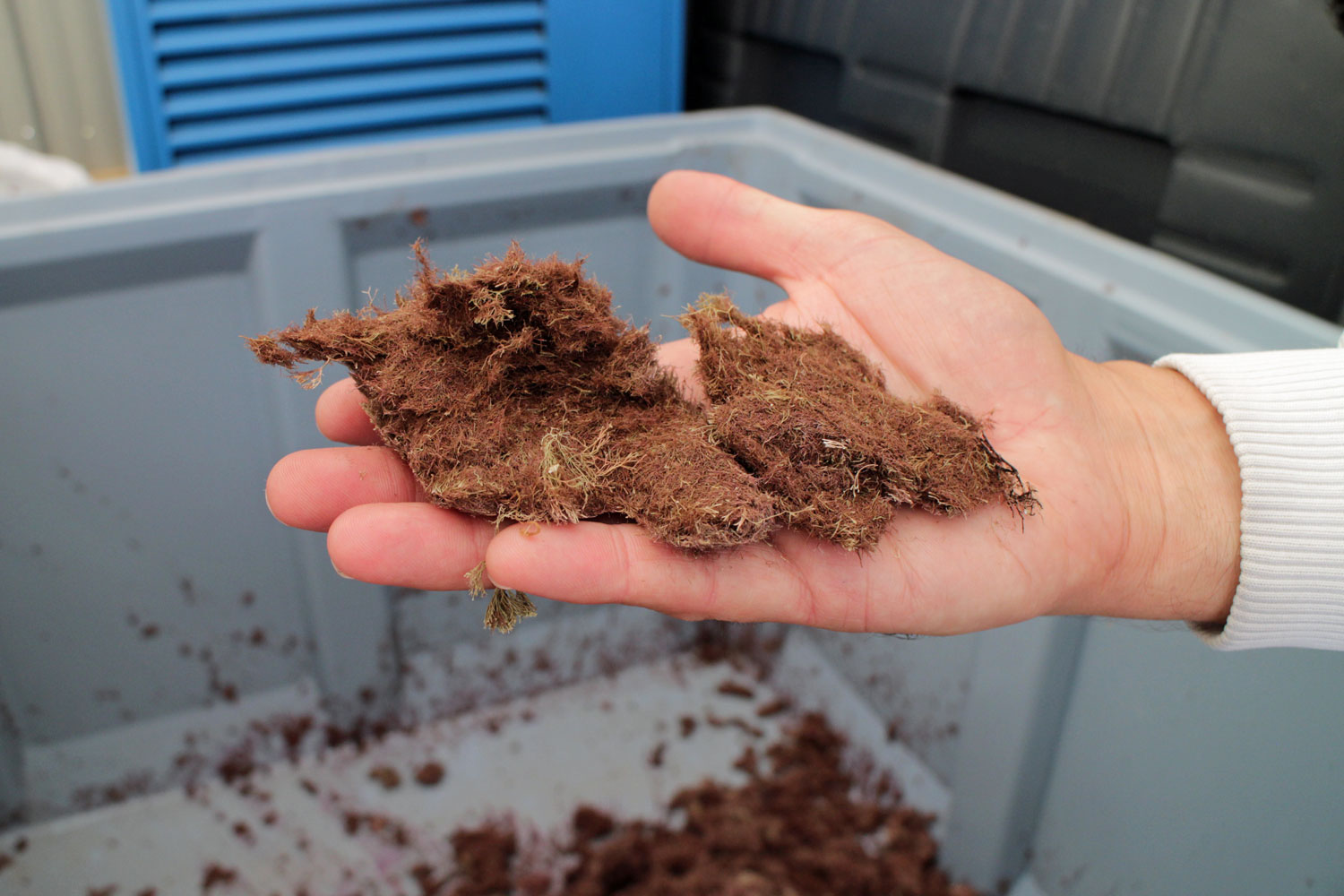This is a translation of my German blogpost Hinter den Beauty-Kulissen… ProTec Ingredia GmbH Proudly Presents: 360° Nachhaltigkeit bei Codif. Enjoy!
In cooperation with ProTec Ingredia // Sustainability really begins with the raw ingredients of a product rather than its formulation. This is something I realised when I was talking with Codif biochemist (and head of marketing) Gabrielle Moro during my visit to the French marine ingredients manufacturer. In the picture above you can see Codif’s Saint-Malo headquarters. Environmental protection forms an integral part of the company’s corporate DNA, and I was fascinated when Gabrielle explained the measures Codif has implemented to make its ingredient cultivation process as sustainable as possible. Join me to discover what a truly sustainable ingredient production cycle looks like – from sourcing over manufacturing all the way to wastewater and waste disposal management.
Sourcing
Let’s start at the beginning of our circular journey: the plant cultivation. Not every plant-based cosmetic ingredient is automatically sustainable.Take wild harvesting, for example. This means that you’re harvesting a plant in nature, in its natural habitat. If you want to avoid this kind of wild collection – perhaps because the plant you want to use is rare – you will have to cultivate it yourself.
However, this is easier said than done. You need a lot of specialised knowledge. Which type of plants are even suitable for cultivation? Which eco system is ideal for a particular plant, such as algae? What is the best way to conserve natural resources whilst cultivating and harvesting plants? And which standards do you need to observe for organic agriculture?
Codif often researches these aspects of plant cultivation for several years. In the first installment of our Beauty Soap I already showed you the company’s algae farm which is located in the middle of the sea. Other plants grow in greenhouses that are irrigated with collected rain water.
Besides the plant cultivation in the greenhouses outside, Codif also grows micro algae like the Jania Rubens in bio reactors – remember the dark red balls of fluff I showed you during my tour around Codif’s R&D department? The controlled environment of bio reactor cultivation ensures that these raw ingredients have an especially high level of quality and purity.
Manufacturing process
Turning a harvested plant into a cosmetic ingredient requiress further processing. Codif only uses “green” solvents (certified according to Ecocert standards) or CO2 extraction. Every single step in the manufacturing cycle is closely monitored in terms of water and energy consumption – the energy comes from 100% renewable resources – and the amount of waste that is generated by the production process.
At the moment Codif is in the process of identifying and measuring CO2 emissions for its entire production facility. This also includes determining carbon capture through the plants that are cultivated – algae, for example, have a particularly high capacity for carbon capture (which means that they bind CO2 and therefore decrease the CO2 footprint of the operation). These precise measurements allow Codif to generate a life cycle assessment – kind of an ecological balance sheet – for each cosmetic ingredient.
Filtering Gardens
The manufacturing process also generates wastewater, of course. When I visited Codif I saw the company’s “Filtering Gardens” which are located next to the production site, not far from the famous island Mont-Saint-Michel. These Filtering Gardens were established around ten years ago. They purify the wastewater from Codif’s production through biological processes. The three-step water purification process relies on the help of various regional plants. After a mandatory final control the purified water is then released into the environment.
Waste management and biodegradability
Besides wastewater cosmetic ingredients manufacturing also generates other waste (i.e. garbage). At the moment almost half of the production waste is either recycled on the spot or reused for other purposes: plant remains, for example, are composted and used as mulch or as a natural fertiliser for the plants that are cultivated in the greenhouses.
A great example for this kind of recycling is Codif‘s active ingredient Hydrasalinol. This ingredient is manufactured from glasswort (Salicornia herbacea). After the active components have been extracted the residue of these plants is still rich in mineral salts. When the plant remains are scattered onto the soil of the greenhouses they turn into a thick mulch. The mulch prevents weeds from growing whilst at the same time nourishing the new plants with important minerals – a completely natural cycle.
Codif‘s aim for this year is to measure the precise amount of waste generated by the production of each cosmetic ingredient. And the company is thinking even further: each year, Codif invests a six-figure sum into research to determine the biodegradability of its ingredients.
Sustainable plans for the future
For the last few years, sustainability ratings agency EcoVadis has been evaluating Codif’s operations. EcoVadis measures parameters like the impact a company has on the environment and the climate (like CO2 emissions) as well as ethical and sustainable management practices and standards across the entire production chain. Every year since 2018 Codif has been awarded the Gold standard – only 9% of companies in the international cosmetics industry manage to achieve this rating.
Besides optimising current measures Codif is also focusing on developing new and intelligent ways to further increase its sustainability. Boosting the biodiversity of our planet has been the company’s primary goal for many years. Gabrielle told me that Codif is thinking in circular patterns: the goal is to reflect the ingenious marine eco system in every cosmetic ingredient, from the production to its application on the skin. A very good plan!
In the next episode, I put on a protective lab coat, a bonnet and the obligatory shoe covers….





